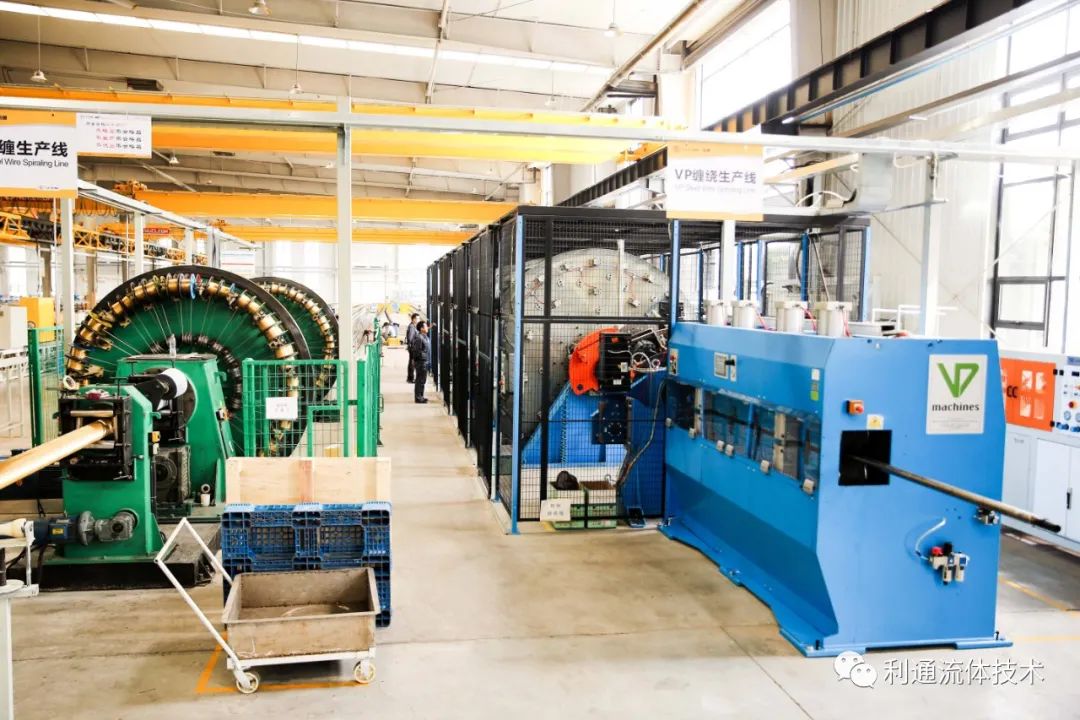Large Diameter Rubber Hose Fittings
2023-02-23 09:20:38
Whether you are a firefighter or a municipal worker, you will need a large diameter hose to move water and other materials from one location to another. A large diameter hose can handle the weather and other conditions that affect smaller diameter hoses, and it is a more durable and reliable hose than the smaller size. It can also be connected directly to a pump's intake, instead of being hooked up to an external hose nozzle.
Large diameter hoses are available in several different styles, including the Tornado-Flex, Air Ventilator, and Wind Handler. There are also a number of accessories that can be used to enhance performance capabilities. Regardless of the type of large diameter hose you choose, you will want to make sure that you take care of it. A kinked hose can cause abrasion and can contribute to premature wear and tear. You should also ensure that valves on large diameter hoses are properly opened and closed. This will prevent kinking and damage to the hose.
Large diameter hose is made of a variety of materials, including rubber, PVC and polyester. In addition, some types of large diameter hose include an external wear strip to protect the exterior layers of hose when it is dragged across materials. These types of hose are used for many applications, including transportation of abrasive materials and transferring water. They are available in sizes up to 24 inches ID. There are also color options available for these hoses.
The most common types of large diameter water hose are those used for firefighting, municipal fire fighting, or industrial water discharge. Large diameter hoses should be made of durable materials that can withstand all kinds of weather. These hoses are a popular choice for use on farms and in factories.
These hoses are made from a variety of materials, but the majority are made from rubber or neoprene. In addition, a few types of hose are made from polyvinyl chloride. To maximize its shock and damage absorption, some hoses are made of multiple layers. You can also purchase a hose made from steel wire, or a combination of both. This material is usually a semi-rigid that is attached to an reel.
A large diameter hose's inside diameter can be anywhere from four to six inches. The majority of fire departments in the United States use a hose with a diameter between four and five inches. The NFPA 1961 Service Test for Large Diameter Hoses demands that the hose is tested at a pressure 10% higher than the normal operating pressure. This is because high velocity water flow can cause momentary pressures seven times greater than the normal operating pressure. As friction loss is minimized, it is recommended that the Hose be closed slowly.